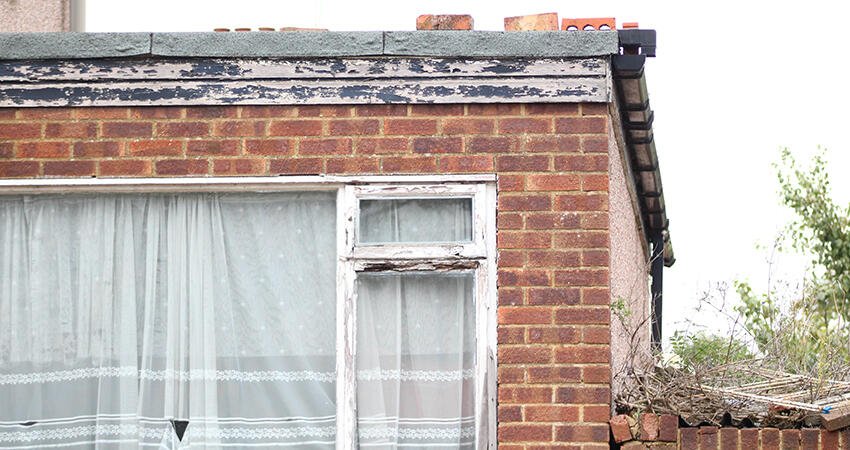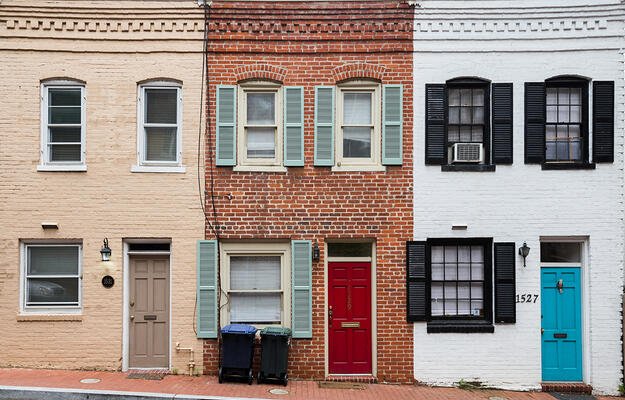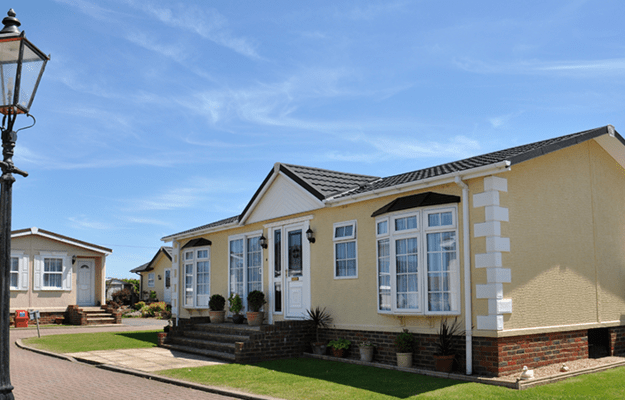
(Jananz/Shutterstock)
Poor Housing Conditions Increased the Risk of Dying from COVID-19 Mortality
- Title:
-
Association of poor housing conditions with COVID-19 incidence and mortality across US counties
- Author:
-
Khansa Ahmad, Sebhat Erqou, Nishant Shah, Umair Nazir, Alan R. Morrison, Gaurav Choudhary, Wen-Chih Wu*
- Source:
- Publication Date:
-
2020
To mitigate the deadly effects of COVID-19 during the pandemic, public health officials recommended strategies like social distancing. However, the quality of people’s housing conditions, including crowded spaces, access to adequate plumbing and sanitation, and air and water quality, may affect these strategies’ effectiveness. Research demonstrates the relationship between these poor housing conditions and worse health outcomes, but this study expanded on this concept. Brown University researchers explored whether the percentage of households with poor housing conditions in US counties was associated with higher COVID-19 incidence and mortality across 3,135 counties in the United States.
The authors used data from public sources, including the Centers for Disease Control and Prevention, US Census Bureau, and Johns Hopkins Coronavirus Resource Center. Their cross-sectional analysis focused on the share of households in a county with poor housing conditions and the number of COVID-19 cases and deaths per county. They also controlled for county-level demographic covariates such as race, income, hospitalization rates, and preexisting health conditions. They found counties with a higher percentage of households with poor housing experienced higher COVID-19 mortality rates.
Key findings
- For each 5 percent increase in share of households with poor housing conditions, the risk of COVID-19 infections increased by 50 percent and COVID-19 mortality increased by 42 percent.
- The incidence of COVID-19 infections and mortality rates can likely be attributed to overcrowding and lack of access to better housing. Such housing conditions can lead to potentially higher amount of viral load and repeated exposure to the virus. People with low incomes were more likely to live in houses with problems. Socioeconomic status didn’t affect the association between housing conditions and COVID-19 infections and mortality.
Policy implications
- The study underscores how inadequate housing is a public health hazard, so the authors suggest public officials protect people burdened by poor housing conditions and focus on addressing overcrowding and inadequate plumbing during public health crises. They also posit public health officials should provide health education regarding preventative measures and hygiene and stress the establishment of hygiene protocols, especially in shared resident facilities.
- The authors suggest county officials should work to implement immediate, targeted solutions such as access to mobile bathrooms, cleaning supplies, and air cleaning filters, followed by long-term solutions. They recommend improving ventilation, incorporating disinfecting mechanisms, and investing in proper plumbing.


